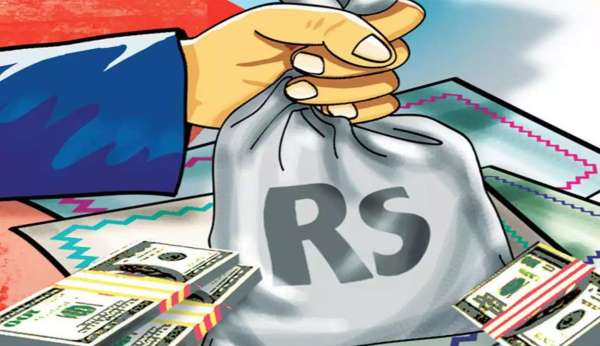
New Delhi: In terms of financial strength, Gujarat, Karnataka, Maharashtra, and Odisha have shown themselves to be the best-performing states. These states have a robust income base, with state-owned revenues (SOR) accounting for 60–80% of overall revenue collections, according to research by CareEdge Ratings. have a little income shortfall, allowing them to invest more in development. has minimal debt levels, with debt-to-GDP ratios ranging from 16 to 27 percent.

It said, “These states carry low leverage with Debt (including guarantees) to GSDP in the 16-27 per percent range; the interest/RR is low, averaging approximately 9 per cent”
According to the research, states must increase their infrastructure investment in the last quarter of FY25 in order to reach their capital expenditure targets, even if tax revenues are increasing.
Only 48% of the states’ Rs 7.5 lakh crore capital expenditure allocation has been spent so far. This implies that in order to reach their goals, they will have to spend a lot of money in the last quarter, particularly in March 2025.
In the first nine months of FY25, the top 15 states spent a total of Rs 3.57 lakh crore on capital expenditures, or money spent on development and infrastructure projects. The effect of the elections in the first part of the fiscal year is mostly to blame for this 4% decrease from the previous year.
The federal government sent Rs 10.74 lakh crore to the states as their share of taxes between April 2024 and January 2025, according to the report. This is intended to assist states in increasing their expenditures on development projects and is 31% greater than it was the previous year.
According to the research, overall tax devolution would rise by 12% in FY25 over FY24. However, since state income streams have grown more slowly, this rise is less than the 19% increase predicted in the Union Budget.
However, compared to the same time last year, the main Indian states’ collections of the Goods and Services Tax (GST) rose by 9% during the first nine months (April to December) of the current fiscal year (FY25).
According to the study, improved tax compliance caused state GST receipts to increase by 15% in FY24 and further increase in FY25.
It said that “State GST collections grew by 15 percent in FY24 (Prov.) and 9 percent in 9MFY25 (Prov.) over 9MFY24 (Prov.), driven by enhanced compliance.”
These states include Tamil Nadu, Telangana, Uttar Pradesh, West Bengal, Kerala, Madhya Pradesh, Maharashtra, Odisha, Punjab, Rajasthan, Andhra Pradesh, Bihar, Gujarat, Haryana, and Karnataka.